7 Things to Know Prior to Furnace Repairs
Preparing for furnace repairs is easier when homeowners understand what to expect before scheduling service. Whether the system is older or experiencing performance concerns, gaining clarity about the process supports informed decisions and reliable comfort. From recognizing early warning signs to understanding how repair needs develop, a clear overview helps ensure the furnace functions properly when temperatures drop.
1. Identify Early Indicators of Furnace Problems
Recognizing warning signs early is one of the most effective ways to reduce disruption and prevent extensive furnace repairs. Unusual sounds, inconsistent heating, or short cycling typically indicate developing mechanical or electrical issues that should be addressed promptly. Addressing these changes early helps technicians diagnose problems accurately and prevents small concerns from becoming major disruptions during peak heating months.
Changes in energy use can also indicate system strain. When a furnace struggles to maintain temperature due to restricted airflow, aging components, or failing sensors, energy consumption often increases noticeably. Monitoring patterns in utility bills can reveal when performance is declining. Identifying these issues early helps protect the system from further damage and strengthens overall heating consistency throughout the season. It also ensures that technicians receive accurate information about symptom patterns, which can improve the speed and precision of the diagnostic process.
2. Understand How Furnaces Develop Mechanical Issues
Mechanical issues commonly develop over time as components experience natural wear. Parts such as blower motors, belts, or ignition systems gradually deteriorate, and once one component begins to struggle, the remainder of the system must work harder to maintain output. This added strain can accelerate wear and increase the likelihood of extensive furnace repairs.
Restricted airflow is another common factor contributing to performance decline. Dust accumulation and blocked air movement force the equipment to operate under stress, increasing energy usage and reducing reliability. Maintaining a clean airflow path reduces unnecessary strain and helps the system maintain efficient operation. Staying aware of these influences allows homeowners to plan service at the appropriate time and protect system longevity. When mechanical strain continues without attention, additional components can be affected, increasing overall repair complexity.
3. Evaluate the Condition and Age of the System
The age and condition of the furnace significantly influence repair needs and long-term performance. We have found in our experience that systems older than 15 to 20 years may require more frequent furnace repairs and may be approaching the point where replacement becomes more practical. Understanding your furnace’s age, previous repair history, and overall functionality provides valuable context when discussing options with a technician. This awareness supports more informed decisions as the system continues to age.
According to This Old House, the forced-air furnace is the number one choice in the United States due to its reliable operation and consistent heat distribution. Even with this dependable design, components naturally wear over time, especially in households with high seasonal usage. Knowing the system’s background helps ensure accurate assessments and appropriate recommendations during service appointments. This insight also provides a clearer expectation of the system’s long-term needs, including potential updates that may support better efficiency.
4. Consider How Repair Costs Are Determined
Many homeowners prioritize understanding cost expectations before scheduling furnace repairs. Repair pricing varies based on the type of issue, parts required, and the labor involved in diagnosing and correcting the problem. Some repairs involve simple adjustments, while others require detailed investigation and replacement of major components. Knowing these variables helps avoid confusion and supports smoother planning during the repair process.
Emergency service costs should also be considered, especially when unexpected breakdowns occur during nights, weekends, or holidays. While immediate service ensures the furnace is restored quickly during critical times, these appointments typically carry higher rates. Homeowners can reduce surprise expenses by monitoring system behavior, scheduling routine maintenance, and addressing issues as soon as they arise. This approach helps stabilize long-term operating costs and ensures heating performance remains dependable. Discussing estimates openly with the technician can also clarify which repairs are urgent and which may be monitored over time.
5. Rely on Professional Expertise for Accurate Service
Professional service is essential for safe, effective, and lasting results when dealing with furnace concerns. Modern heating equipment includes electrical components, ignition systems, sensors, and safety controls that require specialized knowledge to inspect and repair correctly. Technicians have the training and diagnostic tools needed to identify the source of performance issues and verify that all components are operating safely. Their expertise ensures furnace repairs are completed efficiently and with long-term reliability in mind.
A professional evaluation also helps identify issues that may not yet be noticeable to homeowners. During service appointments, technicians examine critical components such as heat exchangers, blower assemblies, and safety switches to ensure all parts remain in good condition. This approach prevents future breakdowns, improves performance, and extends the system’s life.
6. Schedule Preventative Maintenance for Better System Performance
Preventative maintenance is one of the most effective ways to reduce the frequency of furnace repairs. Annual inspections allow technicians to check core components, verify operational safety, and identify early signs of wear. These evaluations help prevent unexpected breakdowns during the coldest parts of the year and contribute to smoother, more efficient performance overall. Routine servicing supports both cost control and long-term system preparedness. Technicians can also recommend specific adjustments or updates that help improve airflow or efficiency based on the system’s unique condition.
Seasonal cleaning and airflow checks also contribute significantly to system resilience. Dust accumulation, restricted airflow, and worn components can limit performance and lead to more severe issues over time. Regular maintenance ensures that airflow remains unobstructed and that the furnace can meet heating demands without unnecessary strain. Incorporating annual service into the home maintenance routine strengthens reliability and promotes stable operation throughout the winter.
7. Assess When Replacement May Be the More Practical Option
While repairs are often the right choice, there are situations where replacement offers greater long-term value. If the system experiences frequent furnace repairs or a major component fails near the end of the unit’s lifespan, replacement may reduce future costs and improve overall efficiency. Modern furnaces operate with higher fuel efficiency, improved airflow technology, and more precise temperature control, which can lower energy consumption over time.
Proper sizing and efficiency rating selection are essential when evaluating replacement options. A furnace that is too large or too small for the home will struggle to maintain consistent heating, resulting in uneven temperatures and increased wear. Consulting with a professional ensures the new system aligns with your home’s structure, insulation level, and heating needs. Making a well-informed replacement decision helps secure long-term comfort and operational reliability. Replacement also offers an opportunity to incorporate modern efficiency features, updated safety controls, and improved airflow technology that older equipment may lack.
Understanding the factors that influence furnace performance helps homeowners prepare effectively for service appointments and maintain consistent heating throughout the cold season. By recognizing early warning signs, evaluating system age, considering cost factors, and relying exclusively on professional expertise, you can ensure that your equipment remains reliable and safe. Annual maintenance and timely service are essential for extending system life and preventing unexpected outages.
If you’re ready to schedule
furnace repairs or want expert insight into the condition of your heating system, D & D Heating & Air Conditioning Inc is prepared to help. With more than 25 years of experience serving Worcester County, we provide dependable HVAC services designed to keep your home warm and comfortable all winter. Contact our team today to arrange professional service and ensure your furnace remains in excellent working condition.
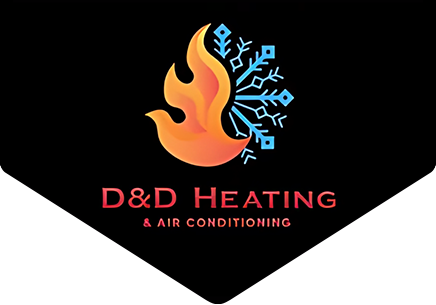

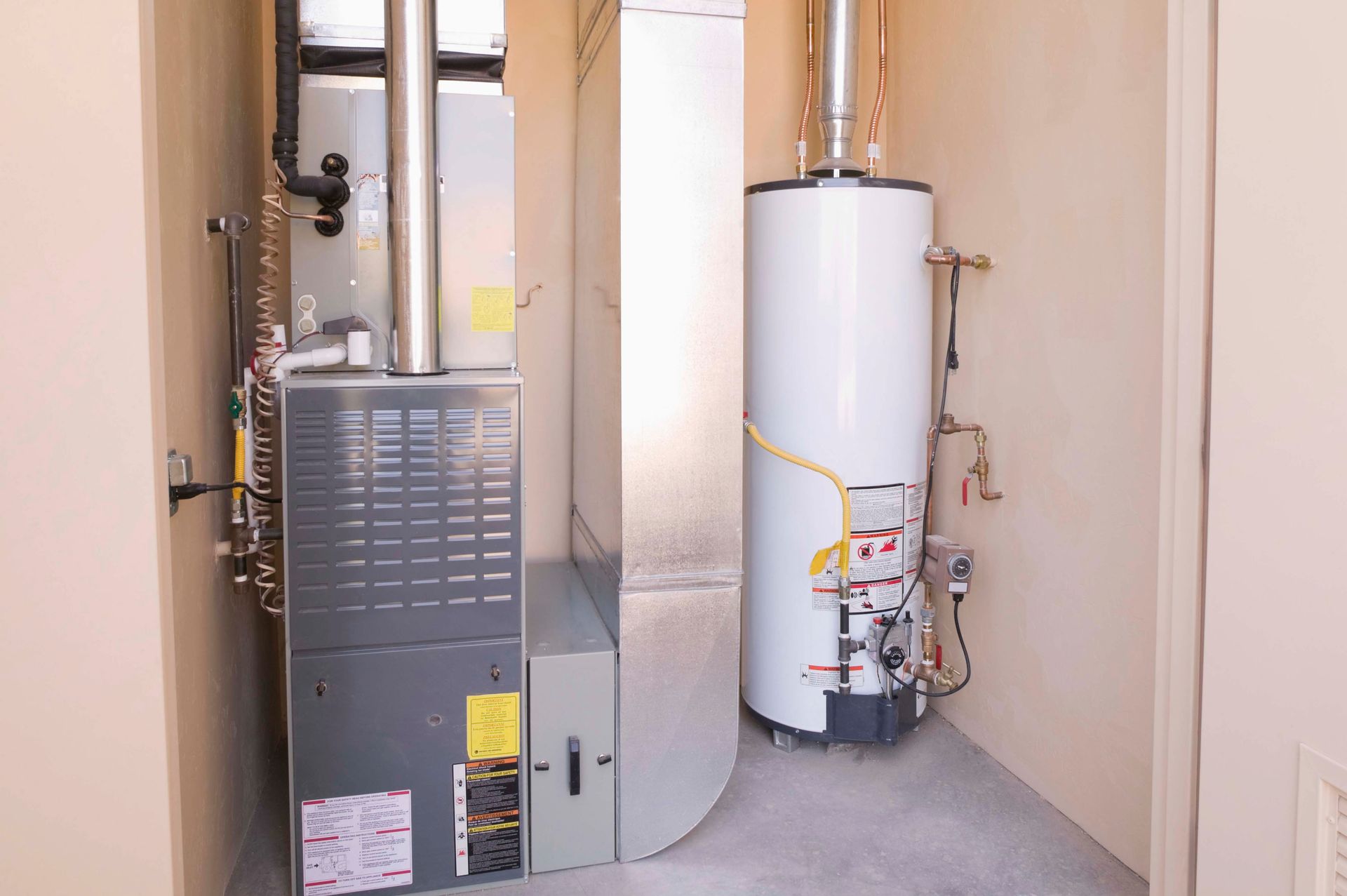
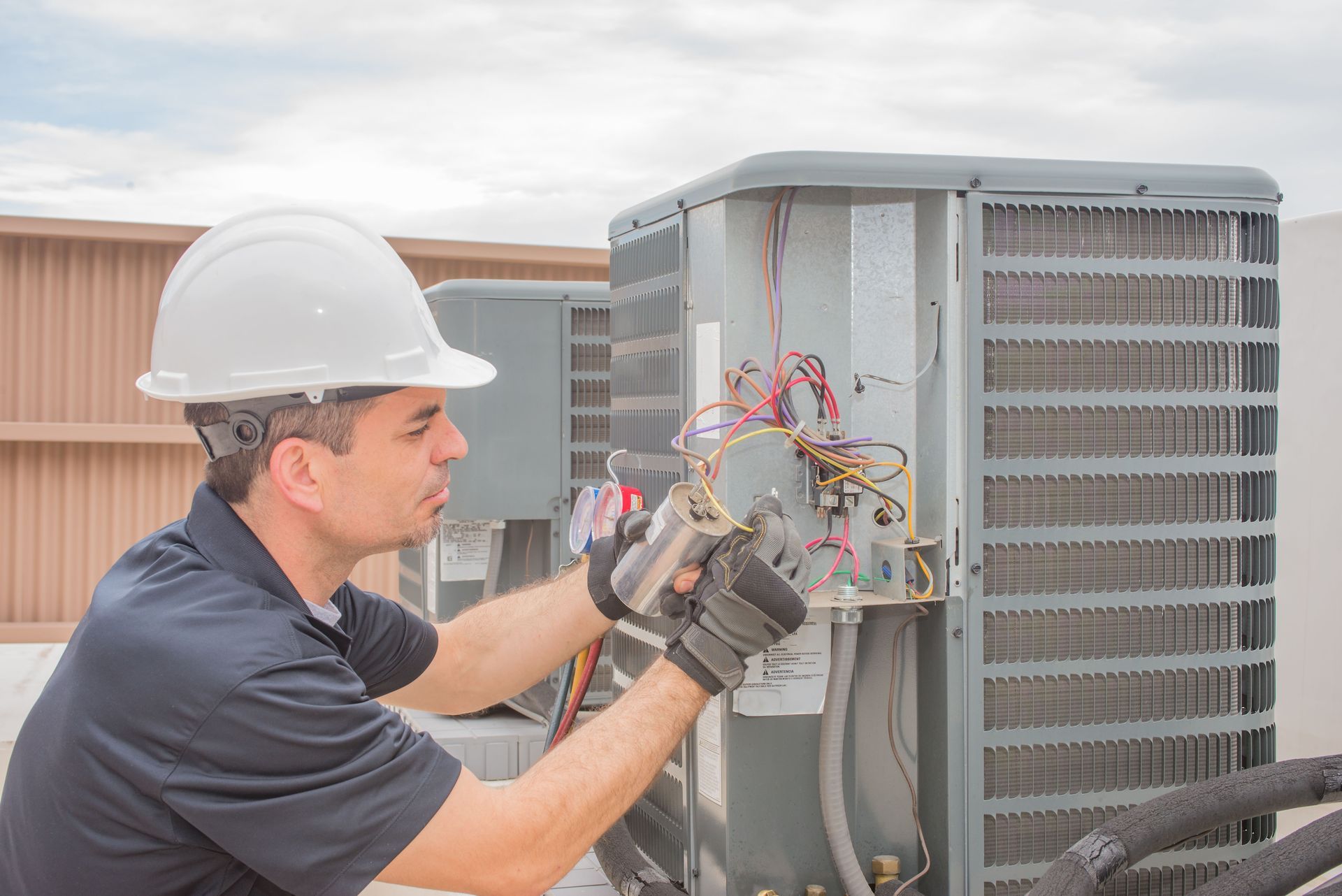

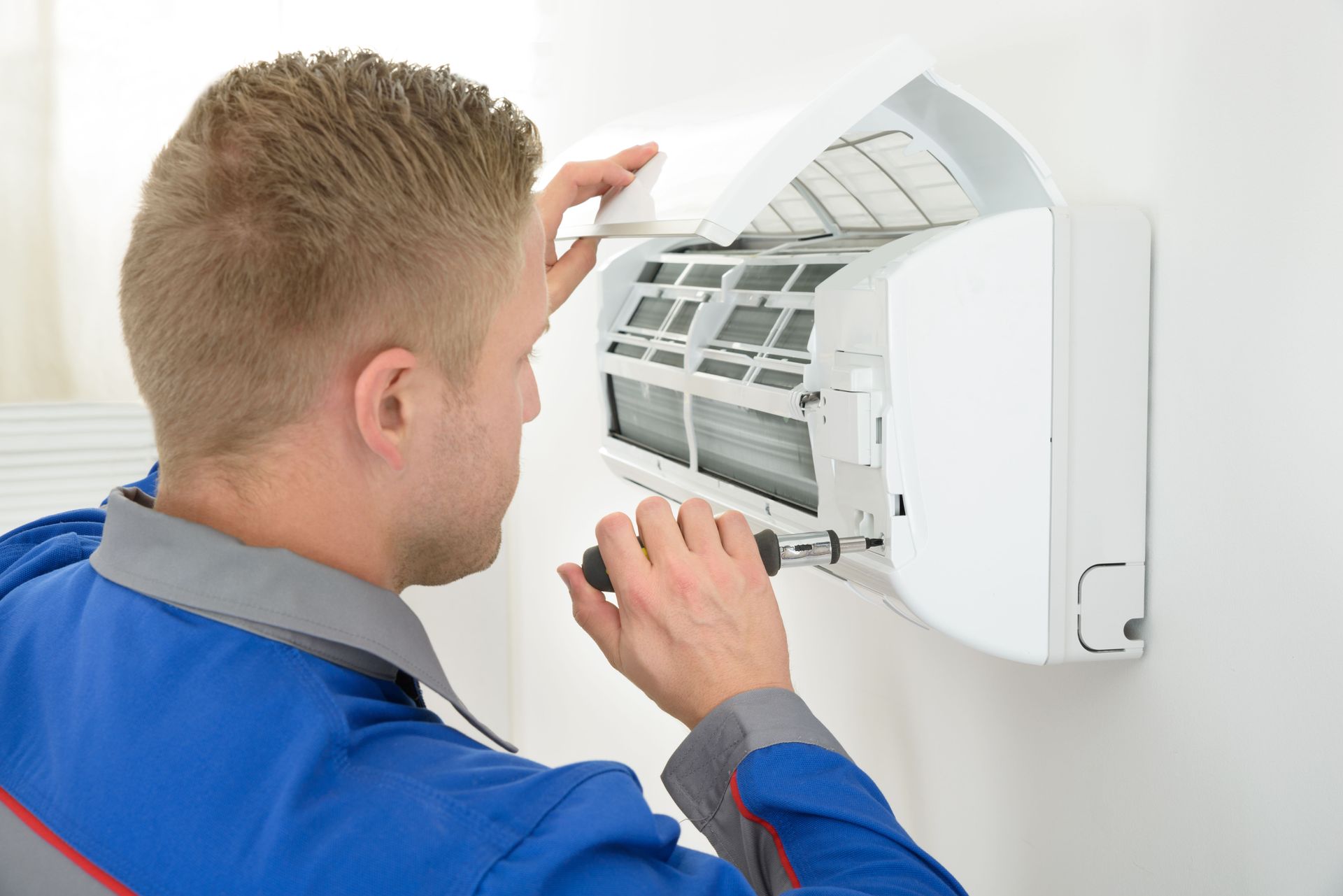
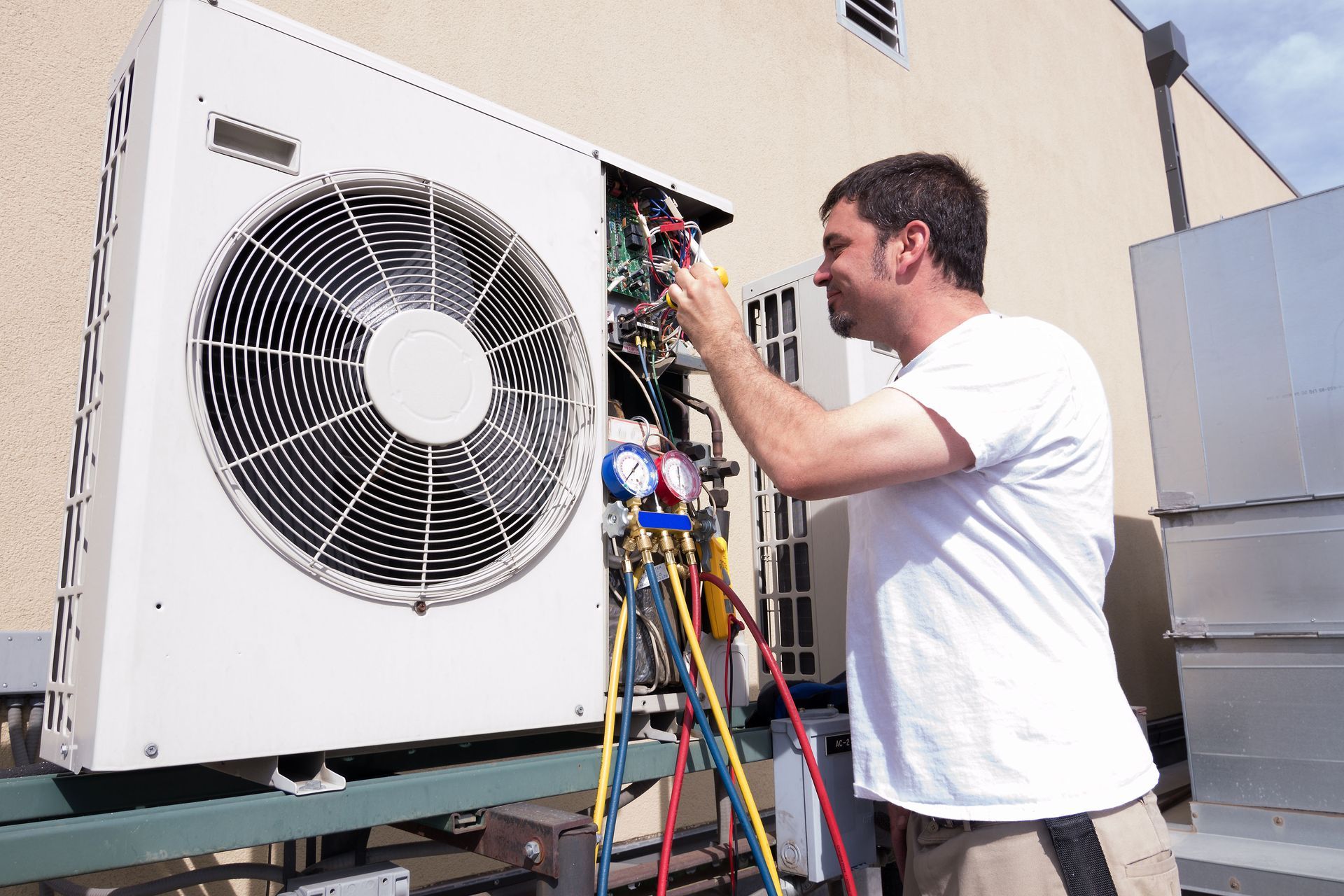
Share On: